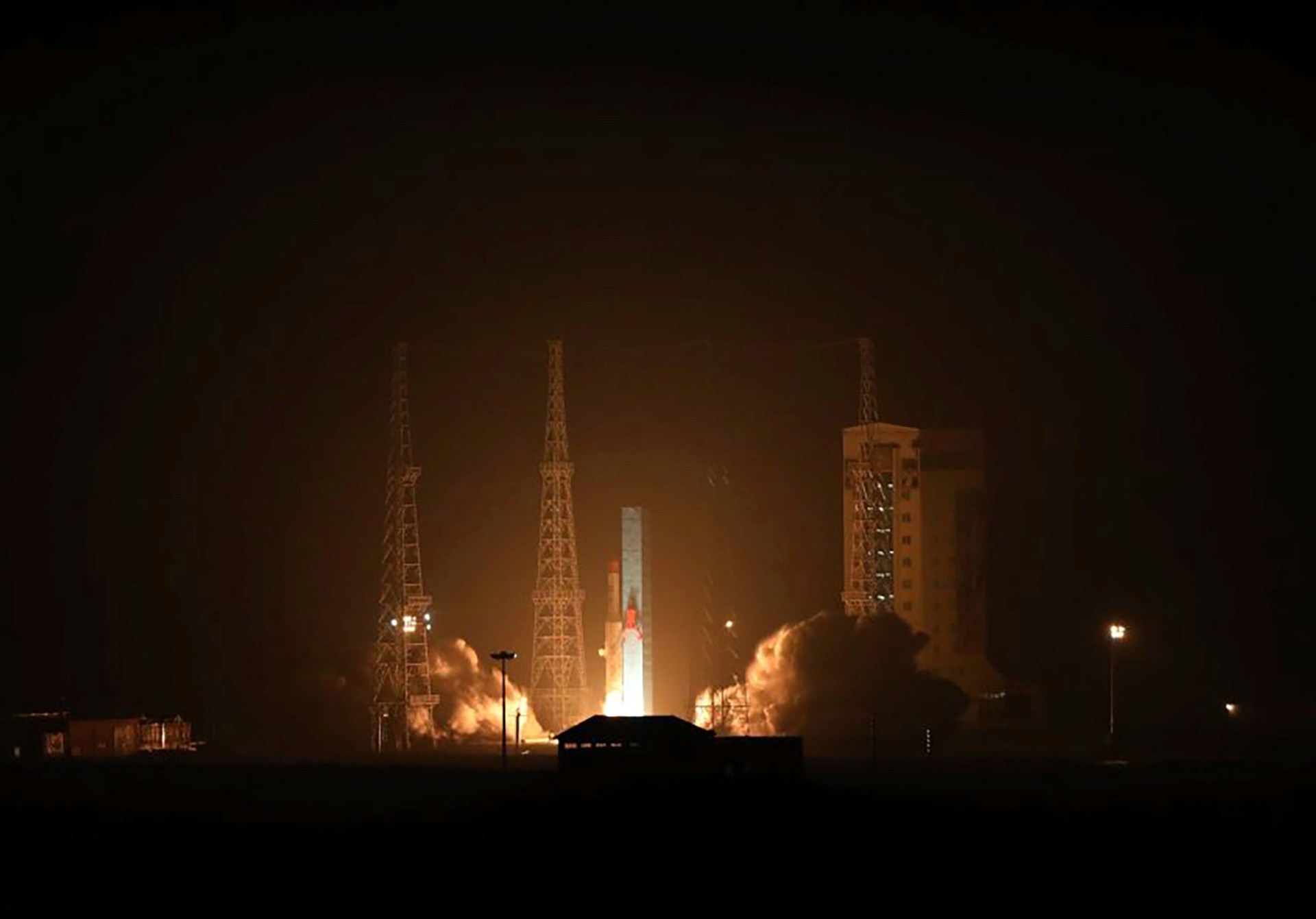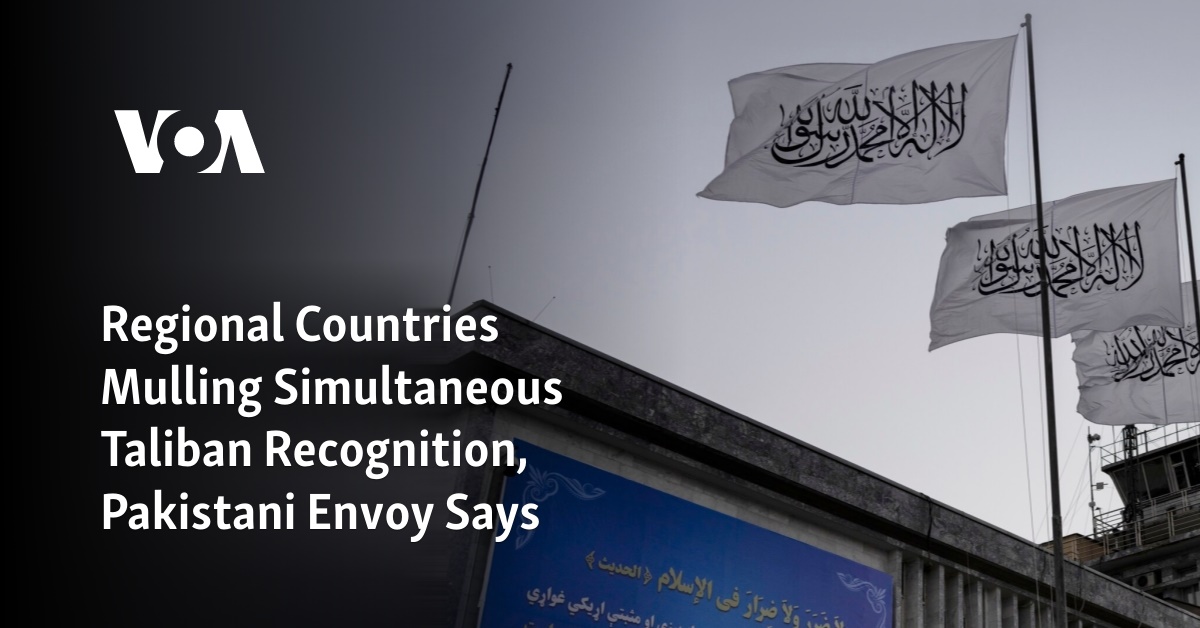
The satellites would be used to test communications and geopositioning technology as well as the effectiveness of delivering cargo into space, Iran said.
Iran has successfully launched three satellites for the first time using its launch vehicle developed by the Ministry of Defense and Armed Forces Logistics, state media reported. The West fears this milestone will boost Tehran’s ballistic missile program.
The satellites were sent into an orbit of at least 450 km (280 miles) on Sunday. A satellite weighing 32 kg (71 pounds) and two nanosatellites weighing less than 10 kg each were propelled using the Simorgh (Phoenix) satellite launch vehicle.
The nanosatellites, named Kayhan-2 and Hatef-1, will be used to test narrowband communications and geopositioning technology, state media said.
The larger satellite, called Mahda and built by Iran’s space agency, is designed to test the Simorgh rocket’s accuracy in delivering multiple payloads into space. The Simorgh rocket has had several failures in the past.
An analysis of footage of the launch by the Associated Press revealed that it took place at the Imam Khomeini Space Center in rural Semnan province in Iran.
“The Roar of Simorgh [rocket] reverberated in the sky and infinite space of our country,” Abbas Rasooli, a state television reporter, said in the video.
The launch comes amid rising tensions across the Middle East due to Israel’s ongoing war in Gaza, raising fears of a regional conflict. Iran-affiliated groups in Yemen, Syria, Iraq and Lebanon have carried out attacks against U.S. and Israeli interests in solidarity with the Palestinians. More than 26,000 Palestinians have been killed in nearly four months of Israeli bombing.
Nuclear and ballistic programs
Earlier this month, Iran launched its Sorayya satellite with a rocket built by the country’s military Revolutionary Guard, which Europe believes Iran will use to develop long-range ballistic missiles.
Iran rejected that condemnation on Saturday, saying it had the right to do so peaceful technological progress in the aerospace sector.
Meanwhile, the U.S. intelligence community’s 2023 Global Threat Assessment says the development of satellite launch vehicles brings Iran one step closer to developing the missiles, citing the Simorgh as a possible dual-use missile.
Under former President Hassan Rouhani, Iran slowed its space program to ease tensions with the West, but under President Ebrahim Raisi the program moved forward.
The United States has previously said Iran’s satellite launches violate a U.N. Security Council resolution and called on Tehran not to engage in ballistic missile activities that could deliver nuclear weapons. UN sanctions related to Iran’s ballistic missile program expired last October.
Since the U.S. pulled out of the nuclear deal in 2018, Iran has increased its uranium enrichment to near weapons-grade levels, although U.S. intelligence agencies and others believe Tehran has not yet actively sought a nuclear weapon. Tehran claims that its nuclear program serves civilian purposes.






Recent Comments